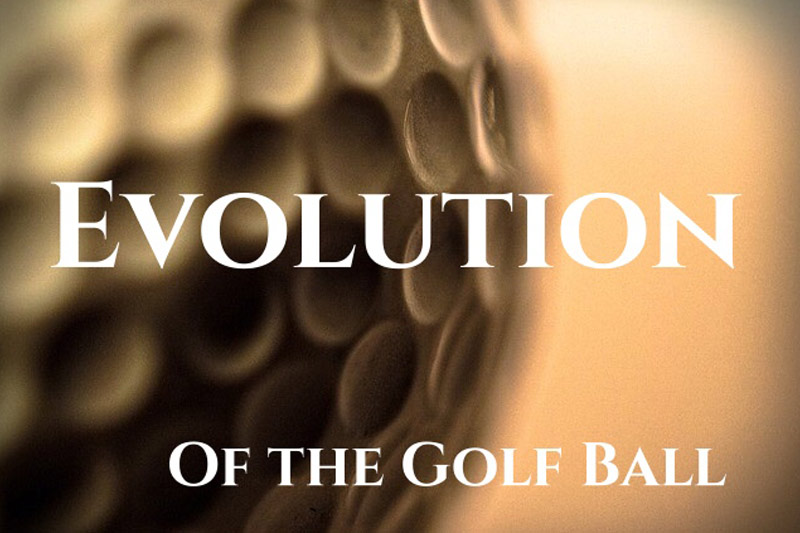Did you know that….
Its beginnings go back to the XVI century where the balls were made of wood, usually of beech or any other wood and roots of similar hardness.
The leather ball filled with feathers (Feathery ball) (1840). They were made by hand using pieces of stitched leather stuffed with goose or chicken feathers. Then they were moistened or boiled for a double effect: The internal feathers expanded, and the outer leather shrunk. With this a relatively compact ball was obtained. Subsequently, the spherical shape was given on a board with the palm of the hand. Finally they were painted white, and an outer patina of oil was applied to protect them from the inclemency of the weather.
A Feathery Ball manufactured by Alan Robertson was auctioned around 1840 at CHRISTIE’S in May 2012, with an estimated starting price of between € 5,700 and € 9,000
In 1848, Dr. Robert Adams Paterson invented gutta-percha, a gomorresin obtained from the sapodilla tree. The gutta-percha had a touch similar to that of gum and became soft and moldable when heated, maintaining the shape once cold. For the durability of these balls, its resistance to water, its lower cost and better shot the Feathery ball was getting displaced.
New changes arise, (1898) perfecting and improving the conditions of previous balls. The balls with a rubber core, around which were idly wound a bunch of rubber bands and all covered by a gutta-percha cover, give way later to the balata covers.
In 1900, the ball-weaving machine began to be used, which allowed the rubber core ball to be mass-produced.
In 1905 William Taylor was the first to design a cover with dimples like the ones we have today. The dimples on the surface made the ball reach more distance, stabilizing its flight, generating more elevation and decreasing the drag.
Although Golf had been playing for five centuries, it was not until 1930 that the British Golf Assn. define a standard ball.
Already in the twentieth century, two-layer balls were invented. First using a liquid or solid core, covered by a layer made with a rubber thread and a thin protective layer. This allowed to adjust the length, rotation and characteristics.
Modern balls are made with several layers of synthetic materials, such as Surlyn and polyurethane. Without a doubt, a long journey to reach the balls of today.
This page is also available in: Spanish



